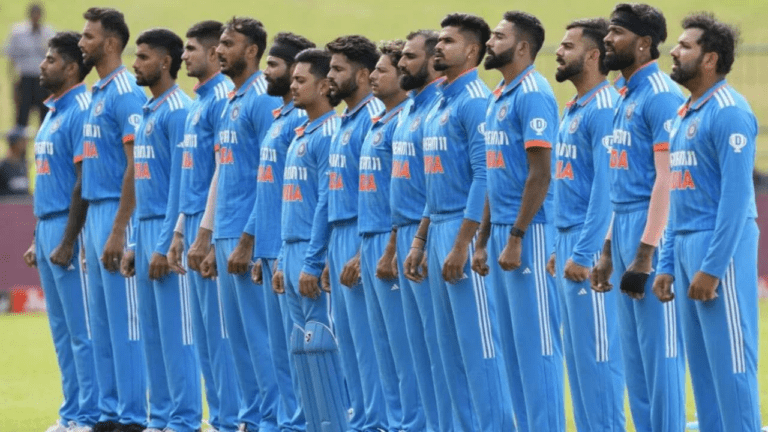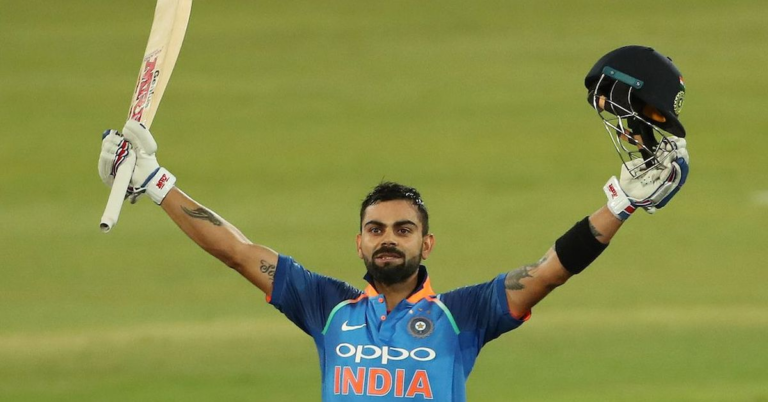IPL 2024: Potential Rule Changes and Their Implications
11xplay, 11xplay Pro: Cricket, a sport known for its rich history and traditions, is constantly evolving to meet the demands of modern times. One of the key aspects of this evolution is the introduction of new playing conditions that aim to enhance the game’s competitiveness and entertainment value. These new rules and regulations are designed to address various aspects of the game, from player conduct to on-field tactics, with the ultimate goal of ensuring fair play and exciting contests for fans around the world.
Recent changes in playing conditions have sparked debates among players, coaches, and fans alike, with opinions divided on the potential impact of these alterations. While some argue that these changes are necessary to keep the sport relevant and engaging, others express concerns about the integrity of the game being compromised. As teams adapt to these new conditions, it will be interesting to see how strategies and playing styles evolve to navigate the shifting landscape of cricket.
Effects of Transfer Window on Team Dynamics
The transfer window plays a significant role in shaping the dynamics of a team throughout a season. When a key player is transferred in or out, it can have a ripple effect on the overall performance and cohesion of the team. The addition of new players can bring fresh talent and energy, but it can also disrupt the existing team chemistry. On the other hand, losing a key player can destabilize the team and lead to a period of adjustment as the remaining players strive to fill the gap left behind.
Implementation of Technology for Umpiring Decisions
Hawk-Eye technology has become a common feature in many sports, including cricket, to assist umpires in making accurate decisions. This system uses multiple high-speed cameras to track the path of the ball, providing critical data that aids in determining whether a player is out or not. The real-time delivery of this information has significantly reduced human errors and added a new level of precision to umpiring decisions in the game.
Another form of technology making its mark in cricket is the Decision Review System (DRS). This system allows players to challenge on-field decisions by referring them to the third umpire for review. Through the use of ball-tracking and thermal imaging technologies, the DRS has added transparency and fairness to crucial decision-making moments in matches. While the implementation of technology in umpiring decisions has sparked debates and controversies, its overall impact on the game has been largely positive, enhancing the integrity and accuracy of cricket officiating.






